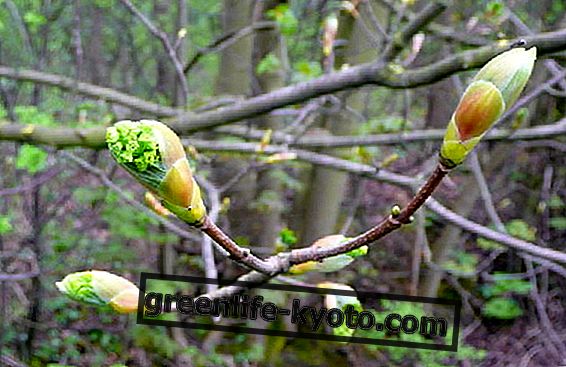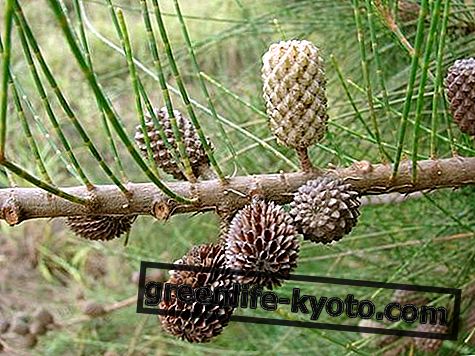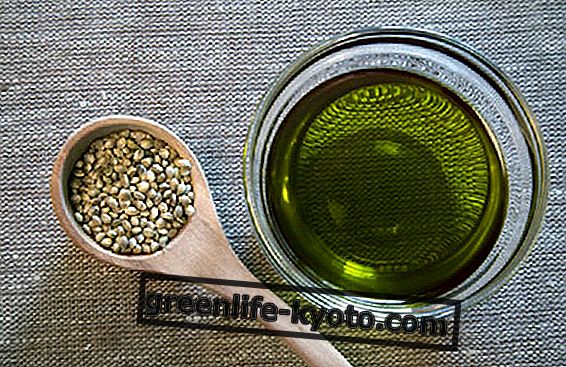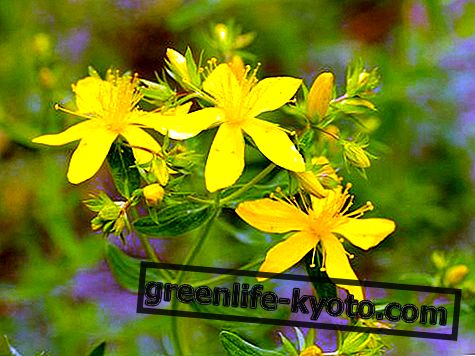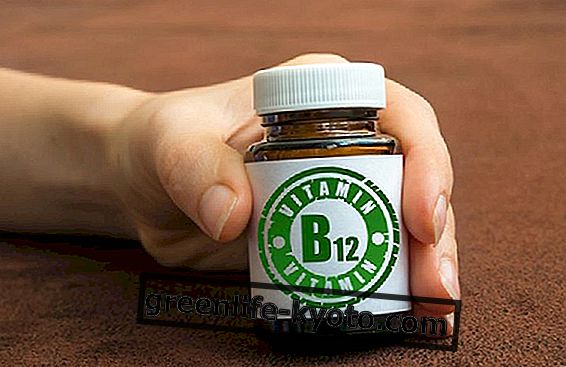
There are different plants in nature that are able to help the heart in its daily work.
Among these is important the hawthorn which, thanks to the active ingredients present in its fruits, has a beneficial effect on the cardiovascular system.
Let's find out more about how to prepare a hawthorn herbal tea useful for the heart.
Characteristics of the hawthorn plant
Hawthorn is also known as the plant of the heart, precisely because it has cardiotonic properties due to the presence of proanthocyanidols, which act on the one hand on strengthening the contractile force of the heart; and on the other hand on alterations in cardiac function.
Hawthorn, or Crataegus oxyacantha, is a perennial plant of the Rosaceae family. It has a shrubby and bushy habit, is endowed with thorns and has a yellowish bark. The leaves are lobed, the flowers are small of white-pinkish color and the fruits are small red drupes.
Both the leaves and the flowers contain different flavonoids with an antioxidant action useful against free radicals, in the prevention of cardiovascular diseases and to fight cholesterol.
It is to these active ingredients that the important cardioprotective activity of the hawthorn is due, because they induce the dilation of the coronary arteries that carry blood to the heart, thus improving the flow of blood with a consequent reduction in blood pressure .
The presence of proanthocyanidols reduces tachycardia, extrasystoles and arrhythmias and prevents complications in patients at risk of heart attack. Finally, vitexin acts as a spasmolytic, sedative and natural anxiolytic .
Hawthorn: the gemmoderivato for tachycardia
Hawthorn tea
Characteristics : it is used in herbal medicine as a medium to help the heart, as in the hawthorn fruits there are numerous active ingredients that have a beneficial effect on the cardiovascular system.
Ingredients :
> 1 teaspoon of crushed hawthorn berries,
> 1 teaspoon of chopped hawthorn leaves and flowers,
> a cup of boiling water,
> 3 drops of lemon juice.
Preparation : after boiling the water, turn off the heat and infuse the ingredients for a few minutes. Sweeten with honey to taste.
Use : ideal a cup in the evening before going to sleep. Properties: cardiotonic, rebalancing, calming.
Disorders of the heart
The heart is a contractile muscular organ composed of four cavities: right atrium, right ventricle, left atrium, left ventricle. Each of these cavities is separated by heart valves, which prevent the blood from returning back.
The heart may be affected, directly or indirectly, by various diseases :
- coronary artery diseases,
- onset of angina,
- heart valve diseases,
- heart failure,
- chest pains.
When the heart beats faster it is called tachycardia. Arrhythmia, on the other hand, is generally a defect in the electrical conduction of the heart, but its causes are very complex and may depend on organic and systemic malfunctions.
